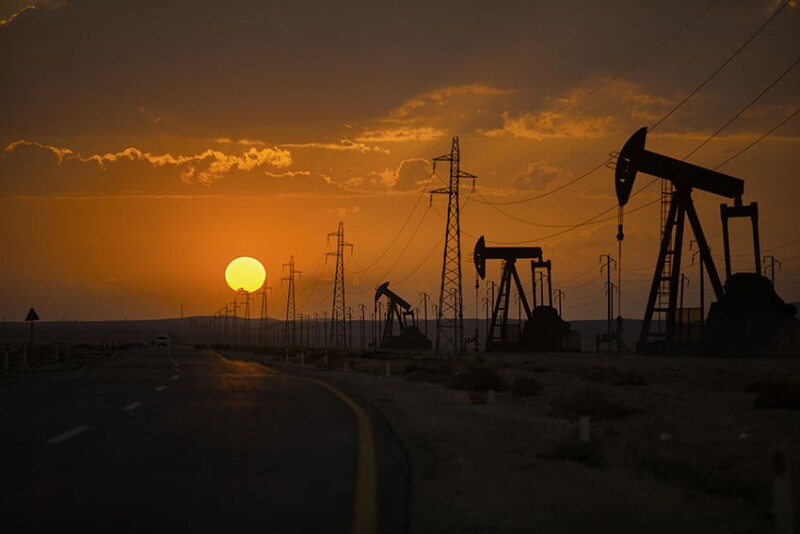The objective of the pilot trial described in the complete paper was to provide an economic solution to develop tight and hard-to-recover formations within the operator’s fields. These assets represent a major challenge because of their low recovery factor (1–3%), the high cost of available conventional stimulation technologies, low revenue, and inability to sustain production rates.
Introduction
To establish an integrated stimulation solution for tight and heavy oil formations, the concept of using active single-atom hydrogen power to enhance near-wellbore permeability was evolved. This technology is based on downhole hydrogen generation from an in-situ exothermic multistage chemical reaction between two unique hydroreacting agents (HRAs). This reaction generates a huge amount of thermal energy, active hydrogen, and other hot active gases and acid vapors. The selection of HRA compounds, and their amount and concentration, is customized for each field.
Development of Business Cases
West Kuwait (WK) Business Case. The M formation in the WK region is a carbonate, multifractured tight reservoir that had been producing for years but had begun experiencing a low recovery factor.


